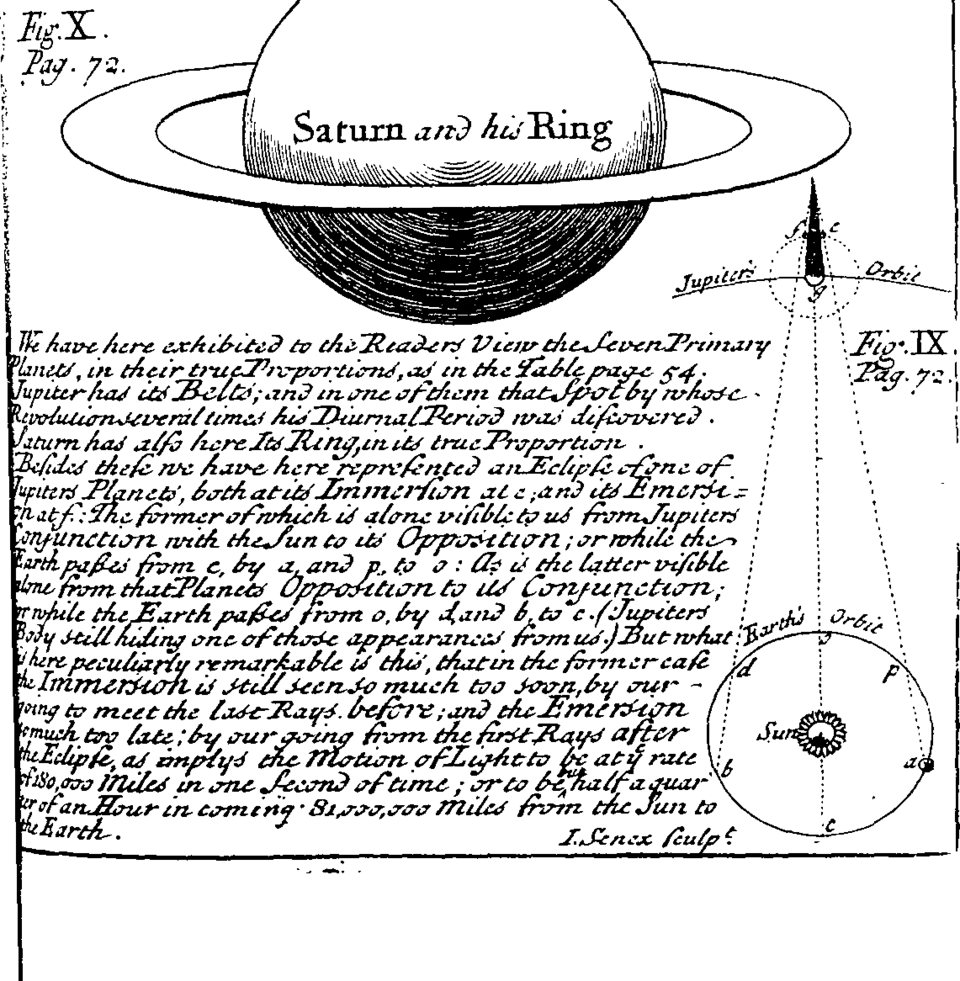Exploring the Quest for Planet Nine: Theories and Challenges Ahead

In the search for undiscovered celestial bodies, the hypothesis of a massive planet, dubbed "Planet Nine," lurking in the outer reaches of our solar system continues to captivate astronomers and scientists alike. This theory, which gained traction following the work of Konstantin Batygin and Mike Brown at the California Institute of Technology (Caltech) in 2016, suggests that gravitational anomalies observed in the orbits of trans-Neptunian objects (TNOs) are indicative of a planet several times the size of Earth, potentially influencing these bodies from its distant orbit.
Historically, the notion of a ninth planet has its roots in early 20th-century astronomy, emerging as a solution for the peculiar orbit of Uranus. Although recalibrations of Neptune's mass in the 1990s offered a resolution to some of these discrepancies, the discovery of the Kuiper Belt—a region containing numerous small celestial bodies beyond Neptune—has reinvigorated interest in the existence of Planet Nine. According to Dr. Konstantin Batygin, Assistant Professor of Planetary Science at Caltech, "The gravitational effects we observe on TNOs cannot be explained by the known planets alone. There must be something more out there" (Batygin, 2024).
The gravitational pull of the hypothesized Planet Nine is believed to be affecting the orbits of several Kuiper Belt objects, which exhibit irregular trajectories. For instance, the dwarf planet 2017 OF201, discovered in 2018, has a highly elliptical orbit that raises questions about its stability and the potential influence of a massive planet. The object, which measures approximately 700 kilometers across, could be subject to the gravitational effects of Planet Nine, as noted by Dr. Mike Brown, a professor of planetary astronomy at Caltech: "The lack of a circular orbit suggests that 2017 OF201's path may be influenced by a distant massive body" (Brown, 2024).
However, skepticism remains among astronomers regarding the existence of Planet Nine. Critics argue that the current observational data may not sufficiently support the theory, and alternative explanations for the erratic movements of TNOs, such as gravitational interactions with a debris ring or even a small black hole, have been proposed. Dr. Emily Levesque, an astrophysicist at the University of Washington, emphasizes the need for more comprehensive observations: "The outer solar system has not been observed long enough to draw firm conclusions about Planet Nine's existence. We need several years of data on these distant objects to identify any subtle gravitational influences" (Levesque, 2023).
Recent discoveries, particularly of sednoids—objects that have stable orbits and spend most of their time far from the Sun—pose additional challenges to the Planet Nine hypothesis. The sednoid known as 2023 KQ14, discovered by the Subaru Telescope in Hawaii, has an orbit that remains stable and does not appear to be significantly influenced by the gravity of a potential Planet Nine. "If Planet Nine exists, it would likely have to be located beyond 500 astronomical units (AU) from the Sun," stated Dr. Ben Zuckerman, an astrophysicist at UCLA (Zuckerman, 2024). For context, 1 AU is the distance from Earth to the Sun, roughly 93 million miles.
The search for Planet Nine is further complicated by technological limitations in astronomical observations. Ground-based telescopes and space missions like NASA's New Horizons are crucial for identifying distant objects, but with current technology, it would take over a century for spacecraft to travel far enough to confirm the planet's existence directly. As Dr. Christine Jones, an astronomer at the Space Telescope Science Institute, explains, "Each new discovery of distant objects enhances our understanding, but it also highlights the limitations we face in exploring these far reaches of our solar system" (Jones, 2025).
Despite these challenges, the quest for Planet Nine remains an exciting frontier in astronomy. As observational techniques improve and more objects are identified in the Kuiper Belt, the scientific community holds out hope that new discoveries may one day provide definitive evidence for or against the existence of this elusive planet. The ongoing investigation into the dynamics of the outer solar system not only deepens our understanding of planetary formation and evolution but also fuels the imagination about what else might be out there in the vastness of space. As noted by Dr. Batygin, "We have only begun to scratch the surface of what lies beyond Neptune, and the next few years could be pivotal in uncovering the mysteries of our solar system" (Batygin, 2024).
Advertisement
Tags
Advertisement





